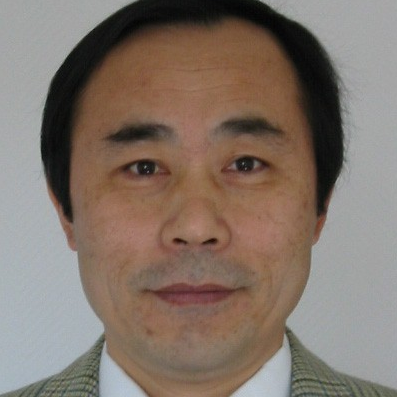Medical Imaging & Image Processing Ⅱ
A special issue of Technologies (ISSN 2227-7080). This special issue belongs to the section "Information and Communication Technologies".
Deadline for manuscript submissions: closed (28 February 2018) | Viewed by 46391
Special Issue Editors
Interests: deep learning; artificial intelligence; machine learning
Special Issues, Collections and Topics in MDPI journals
2. Research Scientist, New York State Psychiatric Institute, New York, NY 10032, USA
Interests: magnetic resonance spectroscopy imaging
Special Issues, Collections and Topics in MDPI journals
Special Issue Information
Dear Colleagues,
Medical Imaging is becoming an essential component in various fields of bio-medical research and clinical practice: Neuroscientists detect regional metabolic brain activity from positron emission tomography (PET), functional magnetic resonance imaging (MRI), and magnetic resonance spectrum imaging (MRSI) scans, biologists study cells and generate 3D confocal microscopy data sets, virologists generate 3D reconstructions of viruses from micrographs, and radiologists identify and quantify tumors from MRI and computed tomography (CT) scans.
On the other hand, Image Processing includes the analysis, enhancement and display of biomedical images. Image reconstruction and modeling techniques allow instant processing of 2D signals to create 3D images. Image processing and analysis can be used to determine the diameter, volume and vasculature of a tumor or organ, flow parameters of blood or other fluids and microscopic changes that have yet to raise any otherwise discernible flags. Image classification techniques help to detect subjects suffered from particular diseases and to detect disease-related regions.
The relevant Special Issue can be found here: https://www.mdpi.com/journal/technologies/special_issues/medical_imaging
Prof. Dr. Yudong Zhang
Dr. Zhengchao Dong
Guest Editors
Manuscript Submission Information
Manuscripts should be submitted online at www.mdpi.com by registering and logging in to this website. Once you are registered, click here to go to the submission form. Manuscripts can be submitted until the deadline. All submissions that pass pre-check are peer-reviewed. Accepted papers will be published continuously in the journal (as soon as accepted) and will be listed together on the special issue website. Research articles, review articles as well as short communications are invited. For planned papers, a title and short abstract (about 100 words) can be sent to the Editorial Office for announcement on this website.
Submitted manuscripts should not have been published previously, nor be under consideration for publication elsewhere (except conference proceedings papers). All manuscripts are thoroughly refereed through a single-blind peer-review process. A guide for authors and other relevant information for submission of manuscripts is available on the Instructions for Authors page. Technologies is an international peer-reviewed open access monthly journal published by MDPI.
Please visit the Instructions for Authors page before submitting a manuscript. The Article Processing Charge (APC) for publication in this open access journal is 1600 CHF (Swiss Francs). Submitted papers should be well formatted and use good English. Authors may use MDPI's English editing service prior to publication or during author revisions.
Keywords
- biomedical imaging
- magnetic resonance imaging
- neuroimaging
- X-ray
- computerized tomography
- mammography
- image processing and analysis
- computer vision
- machine learning
Related Special Issue
- Medical Imaging & Image Processing in Technologies (5 articles)






